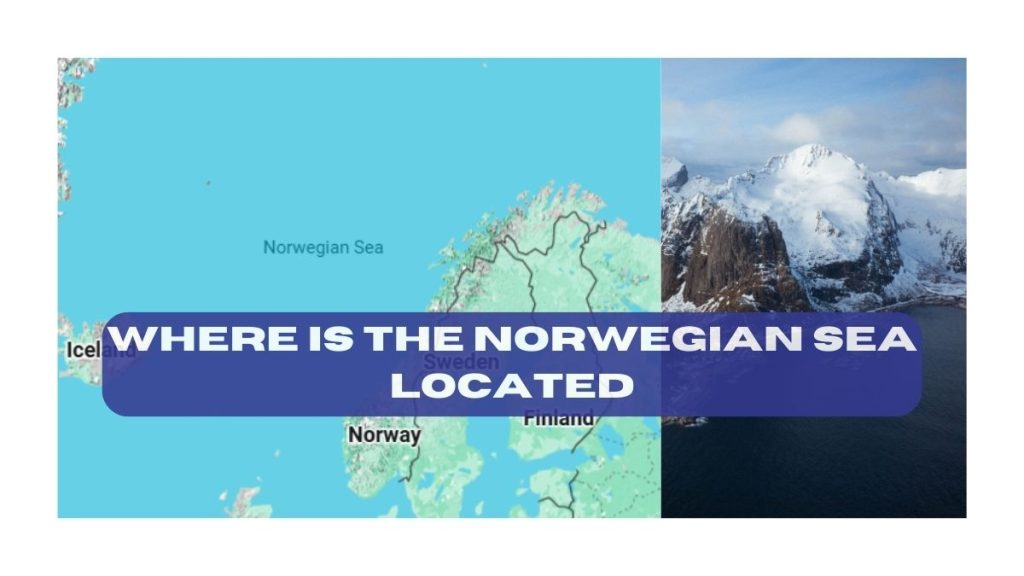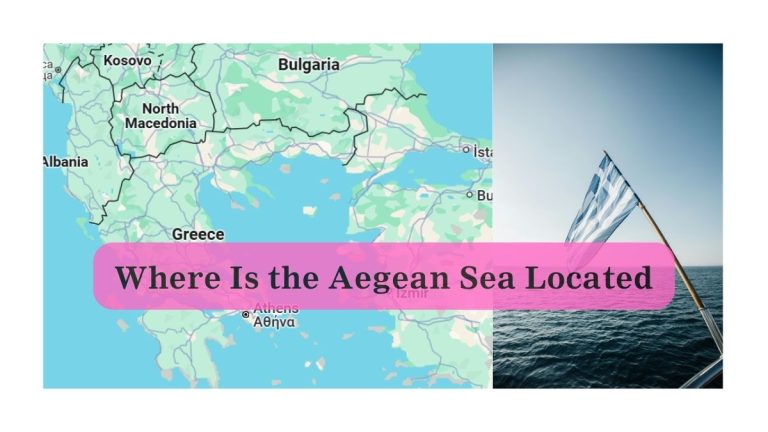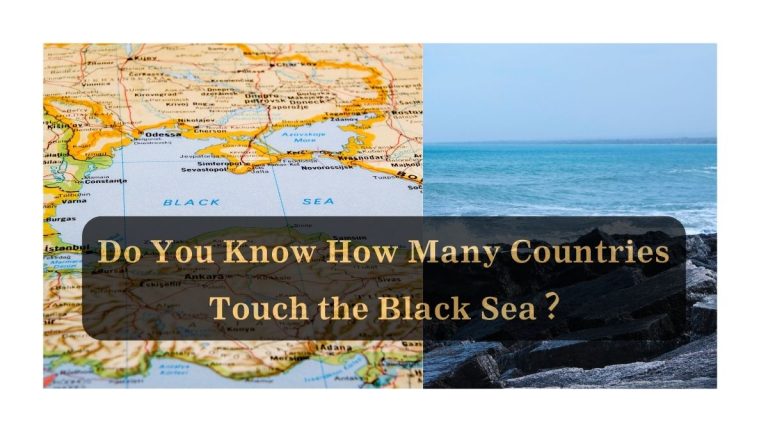The Norwegian Sea is a vital part of the North Atlantic Ocean, known for its rich marine life, strategic shipping routes, and stunning Arctic landscapes. But where exactly is the Norwegian Sea located?

Where is the Norwegian Sea Located?
The Norwegian Sea is situated in the northeastern part of the North Atlantic Ocean, bordered by:
- Norway to the east
- Iceland and the Greenland Sea to the west
- The Barents Sea to the northeast
- The North Sea to the south
Its coordinates range between 65°N and 75°N latitude, placing it just below the Arctic Circle. The sea connects with the Arctic Ocean via the Fram Strait and serves as a crucial transition zone between warm Atlantic waters and cold Arctic currents.
Key Geographic Features:
Area: ~1.1 million km²
Major Ports: Trondheim (Norway), Reykjavik (Iceland)
Notable Islands: Lofoten, Vesterålen, Jan Mayen
Which Countries Border the Norwegian Sea?
The Norwegian Sea touches several nations, including:
- Norway (primary coastline) – Major cities like Bergen and Tromsø lie along its shores.
- Iceland – The sea’s western boundary nears Iceland’s northern coast.
- Denmark (via Faroe Islands) – These autonomous islands lie southwest of Norway.
- International Waters – Parts of the sea fall outside national jurisdictions.
Russia does not directly border the Norwegian Sea but has influence via the nearby Barents Sea.
Is the Norwegian Sea Part of the Arctic Ocean?
No, the Norwegian Sea is part of the North Atlantic Ocean, though its northern regions near Svalbard experience Arctic conditions.
Why the confusion?
- The Fram Strait links it to the Arctic Ocean.
- Some classifications consider it a transitional zone due to its mix of Atlantic and Arctic waters.
However, oceanographers classify it as a North Atlantic marginal sea, distinct from the Arctic Ocean.
How Deep is the Norwegian Sea?
The Norwegian Sea is much deeper than the neighboring North Sea, with:
- Average depth: ~2,000 meters (6,560 ft)
- Deepest point: ~4,020 meters (13,190 ft) in the Norway Basin
Comparison with nearby seas:
| Sea | Average Depth |
| Norwegian Sea | ~2,000 m |
| North Sea | ~95 m |
| Greenland Sea | ~1,450 m |
This depth supports unique marine ecosystems, including deep-sea corals and large fish populations.
Why is the Norwegian Sea Important?
The Norwegian Sea plays a crucial role in:
Climate Regulation – The Gulf Stream warms Europe by flowing through it.
Fisheries – One of the world’s richest cod and herring fishing grounds.
Oil & Gas – Major offshore reserves (e.g., Ormen Lange gas field).
Shipping Routes – Key passage for Arctic trade and naval operations.
Norwegian Sea vs. North Sea: What is the Difference?
| Feature | Norwegian Sea | North Sea |
| Location | North of Norway | Between UK & Scandinavia |
| Depth | ~2,000 m avg. | ~95 m avg. |
| Climate | Subarctic/Arctic | Temperate |
| Key Resource | Oil, fisheries | Oil, wind energy |
The Norwegian Sea is deeper, colder, and less crowded with shipping than the North Sea.





























